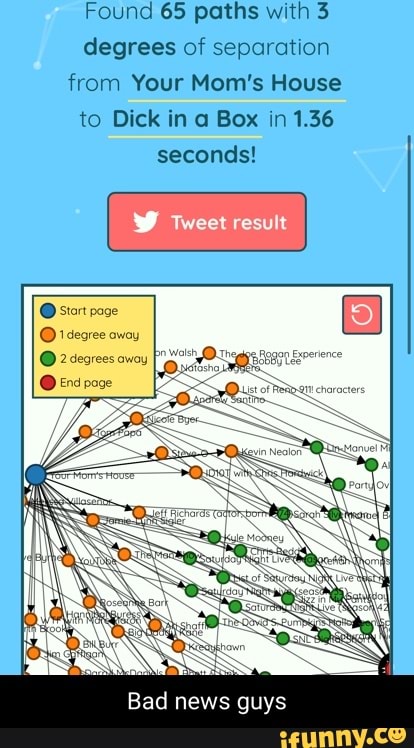

citizens and legal residents - who are protected under the law - shoots up. And every time that the search extends by one hop, the likelihood of inadvertently collecting the communications of U.S.

Until today, we had understood that analysts only searched two "hops" beyond their target that is, they looked at the communications of people with whom the target was communicating, as well as the people those individuals were in touch with.Īdding a third hop exponentially increases the number of innocent people that are caught up in the net whenever the NSA makes an attempt to determine if their original target is actually a terrorist or involved in terrorist activities. In practical terms, this means that the number of people who are being caught up in the NSA’s electronic nets is vastly larger than previously known - the number could easily be in the tens of millions. In a hearing before the House Judiciary Committee on Tuesday about NSA surveillance activities, the agency’s second-in-command, Chris Inglis, said that when analysts try to determine if a particular individual is engaged in terrorist activity, they will look at the communications of people who are as many as three steps removed from that original target. The NSA’s secretive electronic dragnet turns out to be bigger - a lot bigger - than previously realized.


 0 kommentar(er)
0 kommentar(er)
